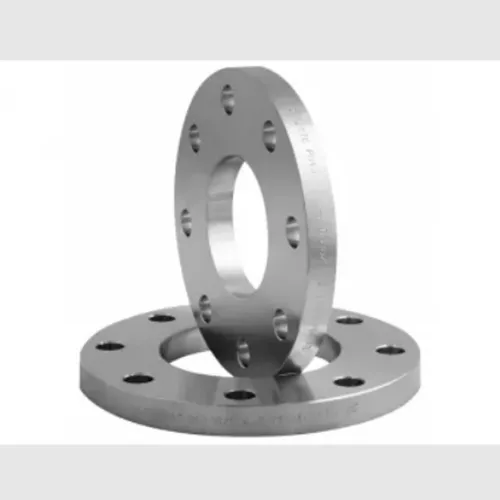-
Cangzhou Yulong Steel Co., Ltd.
-
Phone:
+86 13303177267 -
Email:
admin@ylsteelfittings.com
- English
- Arabic
- Italian
- Spanish
- Portuguese
- German
- kazakh
- Persian
- Greek
- French
- Russian
- Polish
- Thai
- Indonesian
- Vietnamese
- Zulu
- Korean
- Uzbek
- Hindi
- Serbian
- Malay
- Ukrainian
- Gujarati
- Haitian Creole
- hausa
- hawaiian
- Hebrew
- Miao
- Hungarian
- Icelandic
- igbo
- irish
- Japanese
- Javanese
- Kannada
- Khmer
- Rwandese
- Afrikaans
- Albanian
- Amharic
- Armenian
- Azerbaijani
- Basque
- Belarusian
- Bengali
- Bosnian
- Bulgarian
- Catalan
- Cebuano
- China
- China (Taiwan)
- Corsican
- Croatian
- Czech
- Danish
- Esperanto
- Estonian
- Finnish
- Frisian
- Galician
- Georgian
- Kurdish
- Kyrgyz
- Lao
- Latin
- Latvian
- Lithuanian
- Luxembourgish
- Macedonian
- Malgashi
- Malayalam
- Maltese
- Maori
- Marathi
- Mongolian
- Myanmar
- Nepali
- Norwegian
- Norwegian
- Occitan
- Pashto
- Dutch
- Punjabi
- Romanian
- Samoan
- Scottish Gaelic
- Sesotho
- Shona
- Sindhi
- Sinhala
- Slovak
- Slovenian
- Somali
- Sundanese
- Swahili
- Swedish
- Tagalog
- Tajik
- Tamil
- Tatar
- Telugu
- Turkish
- Turkmen
- Urdu
- Uighur
- Welsh
- Bantu
- Yiddish
- Yoruba

Sep . 07, 2024 06:25 Back to list
ANSI 300 RF Flange Specifications and Applications
Understanding ANSI 300 RF Flanges An Essential Component in Pipeline Applications
Flanges are critical components within piping systems, serving as connectors that allow for the easy assembly and disassembly of piping sections. One of the most widely used flange specifications is the ANSI (American National Standards Institute) standard, which encompasses various classes, delineated by their pressure-temperature rating. Among these, the ANSI 300 RF (Raised Face) flange is particularly significant in many industrial applications.
Understanding ANSI 300 RF Flanges An Essential Component in Pipeline Applications
The term RF, or raised face, refers to the design of the flange surface. In contrast to flat face flanges, raised face flanges possess a raised area around the bore that enhances the sealing surface between the flange and the gasket. This design promotes better sealing capabilities, which is critical in preventing leakage in high-pressure systems. The raised face provides an effective area where the gasket can compress and form a tight seal under pressure, thereby ensuring the integrity of the system.
flange ansi 300 rf

Construction material is another crucial aspect of ANSI 300 RF flanges. These flanges can be crafted from various materials, including carbon steel, stainless steel, and alloy materials, depending on the requirements of the application. The choice of material impacts not only the flange's resistance to corrosion and temperature variations but also its mechanical strength. For instance, stainless steel flanges are preferred in environments where corrosion resistance is paramount.
Installation of ANSI 300 RF flanges requires adherence to strict guidelines to ensure safety and functionality. Proper torque specifications must be followed when tightening the flange bolts to prevent over-tightening, which could cause damage to the flange or piping. Additionally, the use of appropriate gaskets that match the intended service conditions is critical for maintaining the system's integrity.
Regular maintenance and inspection of the flanges are essential to ensure longevity and reliability. Operators should routinely check for signs of wear, corrosion, and gasket deterioration. Timely replacement of worn components can prevent catastrophic failures that may lead to production downtime or safety hazards.
In conclusion, ANSI 300 RF flanges are vital components in modern piping systems, offering robust solutions for high-pressure applications across various industries. Their design, material properties, and proper maintenance play significant roles in ensuring system integrity and operational efficiency. As industrial demands evolve, the importance of reliable flange connections will continue to underscore the need for quality standards and practices in the construction and maintenance of piping systems.
Latest news
-
ANSI 150P SS304 SO FLANGE
NewsFeb.14,2025
-
ASTM A333GR6 STEEL PIPE
NewsJan.20,2025
-
ANSI B16.5 WELDING NECK FLANGE
NewsJan.15,2026
-
ANSI B16.5 SLIP-ON FLANGE
NewsApr.19,2024
-
SABS 1123 FLANGE
NewsJan.15,2025
-
DIN86044 PLATE FLANGE
NewsApr.19,2024
-
DIN2527 BLIND FLANGE
NewsApr.12,2024
-
JIS B2311 Butt-Welding Fittings LR/SR 45°/90° /180°Seamless/Weld
NewsApr.23,2024











